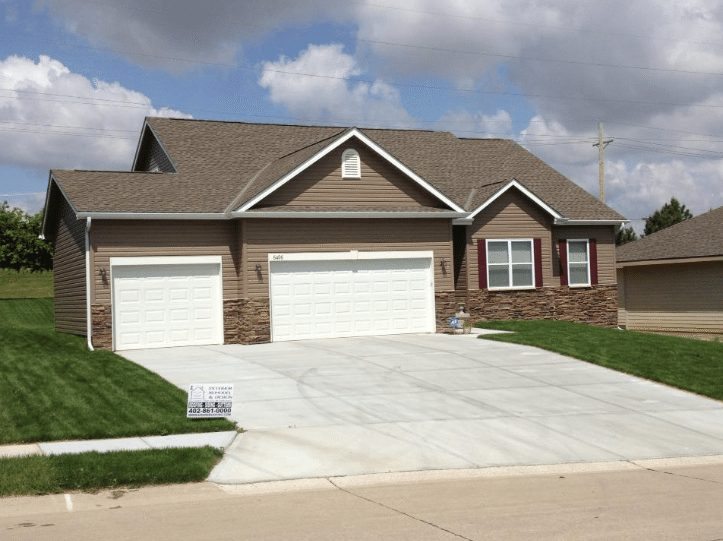The key word here for ventilation is air exchange. It is important to have constant air exchange going on in their attic. With any kind of ventilation system you have an intake and an exhaust. Most of the time you have the intakes on the bottom of the roof called soffit vents. When the wind blows, it sucks up the air through the soffit vents and pulls the air through the attic and out of the exhausts. Exhausts can be a number of different vents. You can have box vents, turbines, ridge vent, power vents. There isn’t one vent that works for every situation. There are different vents for different kinds of roofs. The proper ratio for attic space to ventilation would be for every 250 square feet of attic space you would like to have 1 square foot of air intake and 1 square foot of exhaust.
I have seen houses with different types of exhausts on their roofs and that is not the best option. One exhaust may be used to be an intake for the other exhaust. For example, a roof has box vents and turbines on the roof. The last roofer thought the roof needed some extra ventilation so they added a couple of turbines on the roof. When you add turbines to box vents the box vents are now working as intakes for the turbines, turbines are the dominate exhaust so they are overtaking the box vents. The problem is the attic isn’t getting a good draw of air pull from the soffit vents and pull the air up through the exhaust vents on top of the roof. Another issue I see is the exhausts are not at the same height on the roof. A good ventilation system always has the exhausts at the same height in the roof. Vents can be counter active if they are at different heights in the roof. I see the same situation with ridge and box vents or vice versa. Whatever system is on the lower part of the roof is being used as an intake for the higher exhaust.
Sometimes I run into the situation where a homeowner covers up the turbines with trash bags. I asked the homeowner why he did that and he said it helps to keep the heat inside. He is correct with the heat in the attic and not the house. The heat in the house is insulated. The insulation keeps the heat in the house. Now when you have heat in the attic and cold air outside you can develop a moisture problem with the vents in your attic. What do you get when hot air meets with cold air? Condensation. When you get a lot moisture in your attic, you can develop black mold. And nobody wants black mold in their attic. Another reason to have proper ventilation is so you don’t bake the shingles off your roof. Too hot of an attic will speed up the weathering process of shingles.

